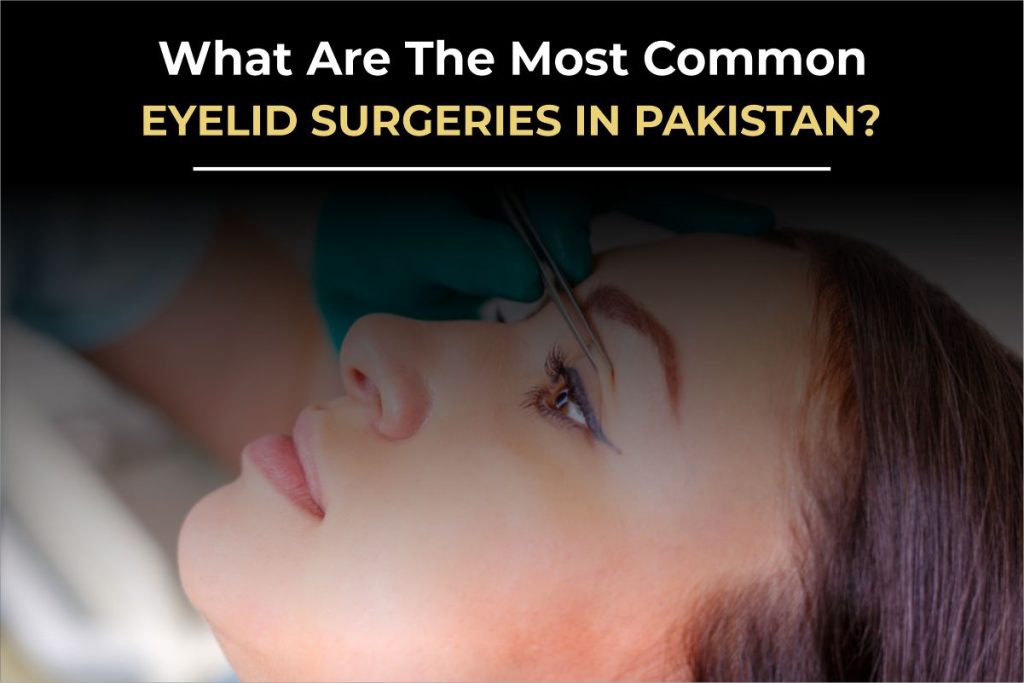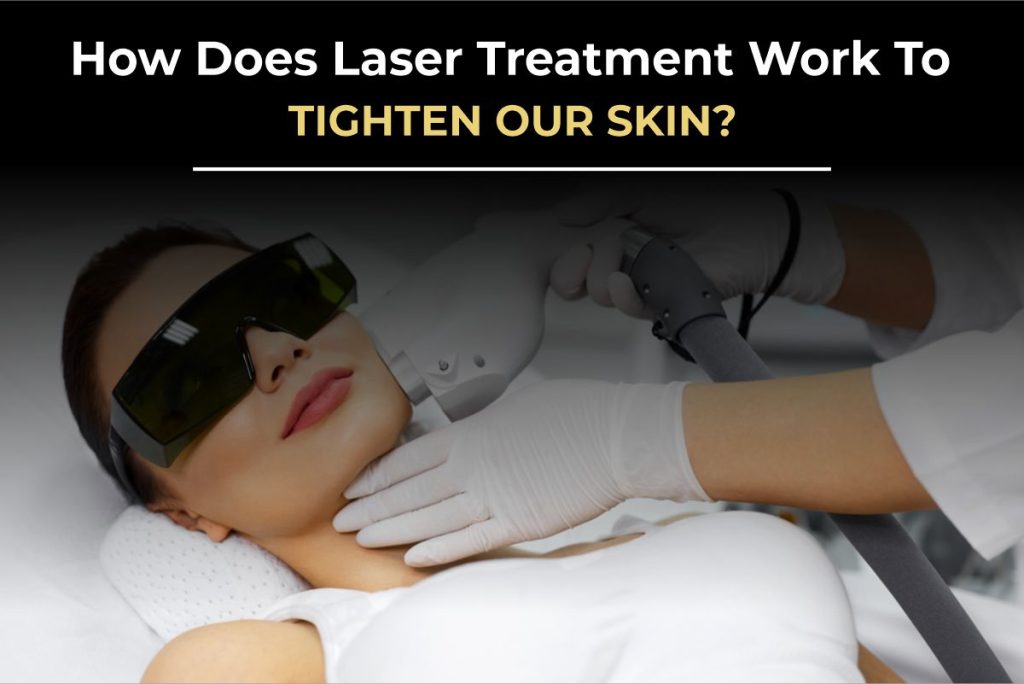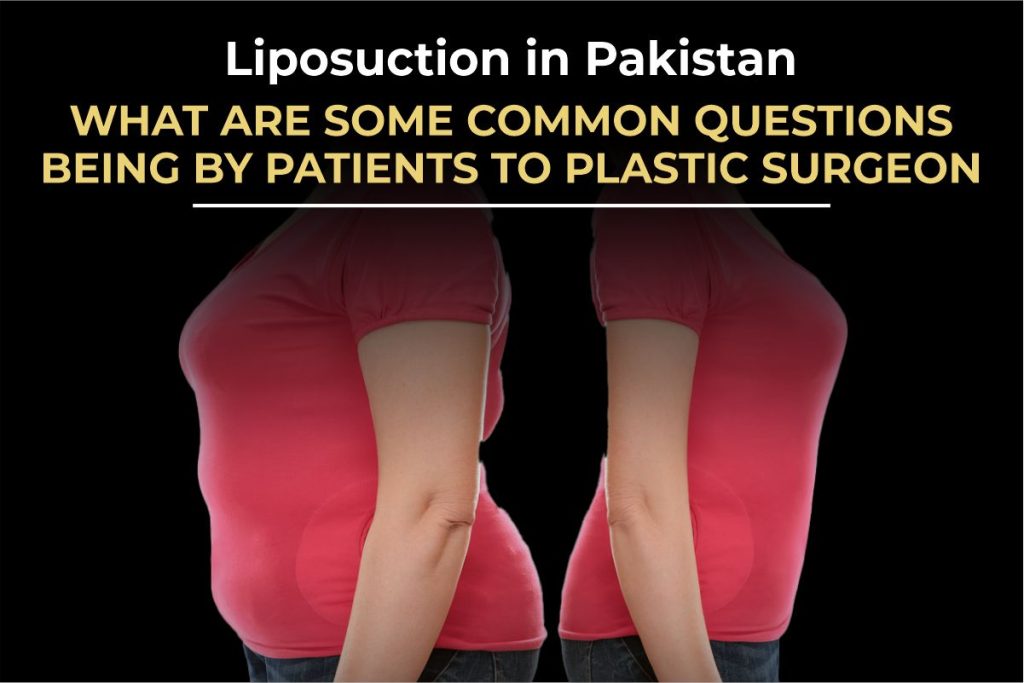When we talk about facial beauty and expression, the eyes are the true focal point. But the skin around our eyes is also among the first to show signs of aging, fatigue, and even genetics. Droopy eyelids, puffiness, or fine wrinkles can make a person look tired or older than they really are.
In Pakistan, the demand for eyelid surgeries, also known as blepharoplasty, has grown significantly in the last few years. As aesthetic awareness increases and more people seek subtle, natural-looking enhancements, eyelid procedures have become a go-to solution for both cosmetic and functional concerns.
In this blog, we’ll walk you through the most common types of eyelid surgeries performed in Pakistan, who they’re for, and what results they offer.
Why Do People Opt for Eyelid Surgery?
Some people are concerned about loose, hanging upper eyelid skin that interferes with makeup or even vision. Others struggle with puffiness or “bags” under the eyes, which can be hereditary or related to age. And in some cases, eyelid surgery is done to restore symmetry, correct deformities, or repair previous procedures.
Whatever the reason, the goal is often the same, to achieve a more refreshed, youthful, and awake appearance without looking unnatural or “done.”
1. Upper Eyelid Blepharoplasty
This is perhaps the most common eyelid surgery performed in Pakistan.
Upper eyelid blepharoplasty is a surgical procedure that removes excess skin, and sometimes fat, from the upper eyelid area. As we age, the skin on the upper lids can stretch and sag, creating a hooded or droopy appearance.
This procedure is ideal for:
- People whose upper eyelid skin covers the natural fold or lashes
- Those who feel their eyes look heavy, tired, or aged
- Individuals experiencing vision obstruction due to sagging skin
The incision is typically placed along the natural eyelid crease, making scars nearly invisible once healed. The result is a more open, lifted, and brighter look, often described as “more awake.”
2. Lower Eyelid Blepharoplasty
Also very common, lower eyelid blepharoplasty targets the area beneath the eyes, especially those bothersome “eye bags” and under-eye puffiness.
The procedure involves removing or repositioning fat deposits and, in some cases, tightening loose skin. It’s particularly popular among people who:
- Constantly look tired, even when well-rested
- Have under-eye puffiness or visible fat bulges
- Notice crepey or wrinkled skin beneath the eyes
There are two surgical techniques used:
- Transconjunctival approach: No external scar; ideal for fat removal only
- Transcutaneous approach: Incision made just below the lash line; used when both fat and skin need correction
Results are subtle but impactful, smoother under-eyes, fewer shadows, and a fresher appearance overall.
3. Ptosis Correction Surgery
Ptosis refers to drooping of the upper eyelid caused by weakened eyelid muscles. It’s not always age-related, some people are born with it or develop it due to trauma or nerve issues.
Ptosis surgery focuses on tightening or reattaching the levator muscle that lifts the eyelid, restoring its normal height and function.
This is not just cosmetic. In moderate to severe cases, ptosis can block vision, especially in children and older adults.
Surgeons often combine ptosis repair with upper eyelid blepharoplasty when both excess skin and muscle function are involved.
4. Double Eyelid Surgery (Asian Blepharoplasty)
Though more common in East Asia, double eyelid surgery is gaining traction in Pakistan, particularly among younger patients of Asian descent or those with monolids.
This surgery creates a defined eyelid crease in individuals who naturally lack one. It’s not always about Westernizing the appearance, many patients simply want a more contoured and expressive eye shape.
The procedure is delicate and requires a highly skilled hand to achieve natural, symmetrical results without overcorrection.
5. Revision or Reconstructive Eyelid Surgery
Sometimes, patients come in for corrective eyelid surgery after a previous procedure that caused asymmetry, overcorrection, or complications. Other times, reconstructive eyelid surgery is required due to trauma, tumors, or congenital deformities.
These surgeries are highly individualized and require an experienced oculoplastic or facial plastic surgeon.
Are These Surgeries Safe?
When performed by a qualified, experienced plastic or oculoplastic surgeon, eyelid surgeries are safe, predictable, and effective. They are usually done under local anesthesia with sedation, and recovery is relatively quick compared to other facial surgeries.
Mild swelling, bruising, or tightness is expected for the first few days. Most patients return to daily activities within a week, with full results visible in 3 to 6 weeks as swelling subsides.
Who Is a Good Candidate?
Ideal candidates are:
- In good general health
- Non-smokers or willing to quit temporarily
- Not suffering from untreated eye conditions
- Realistic about what surgery can and cannot do
Your surgeon will assess your skin quality, muscle tone, eye shape, and goals before recommending any procedure.
Eyelid Surgery Trends in Pakistan
Eyelid surgeries are no longer limited to celebrities or models. Today, men and women in their 30s to 60s routinely seek out procedures to address:
- Aging signs
- Genetic puffiness
- Vision-related issues
With growing awareness, better surgical techniques, and improved recovery protocols, more people are realizing that natural-looking eyelid surgery is not only achievable, it’s surprisingly accessible.
Final Thoughts, Small Changes, Big Impact
Eyelid surgery may be a relatively minor procedure in terms of time and recovery, but its impact on your appearance can be transformative.
From removing under-eye bags to correcting droopy lids or restoring facial symmetry, eyelid surgery helps you look more awake, youthful, and confident, all while keeping your natural beauty intact.




